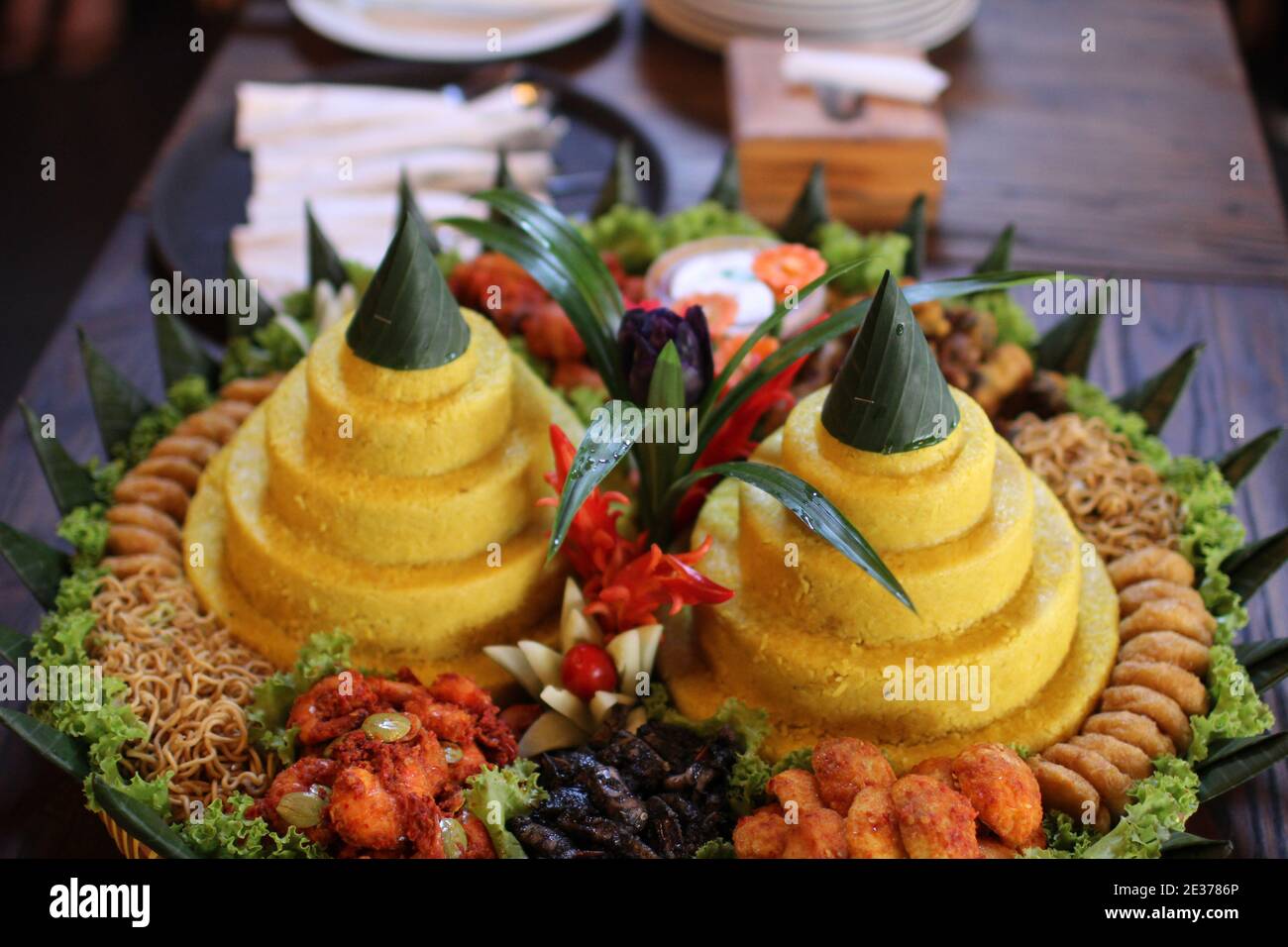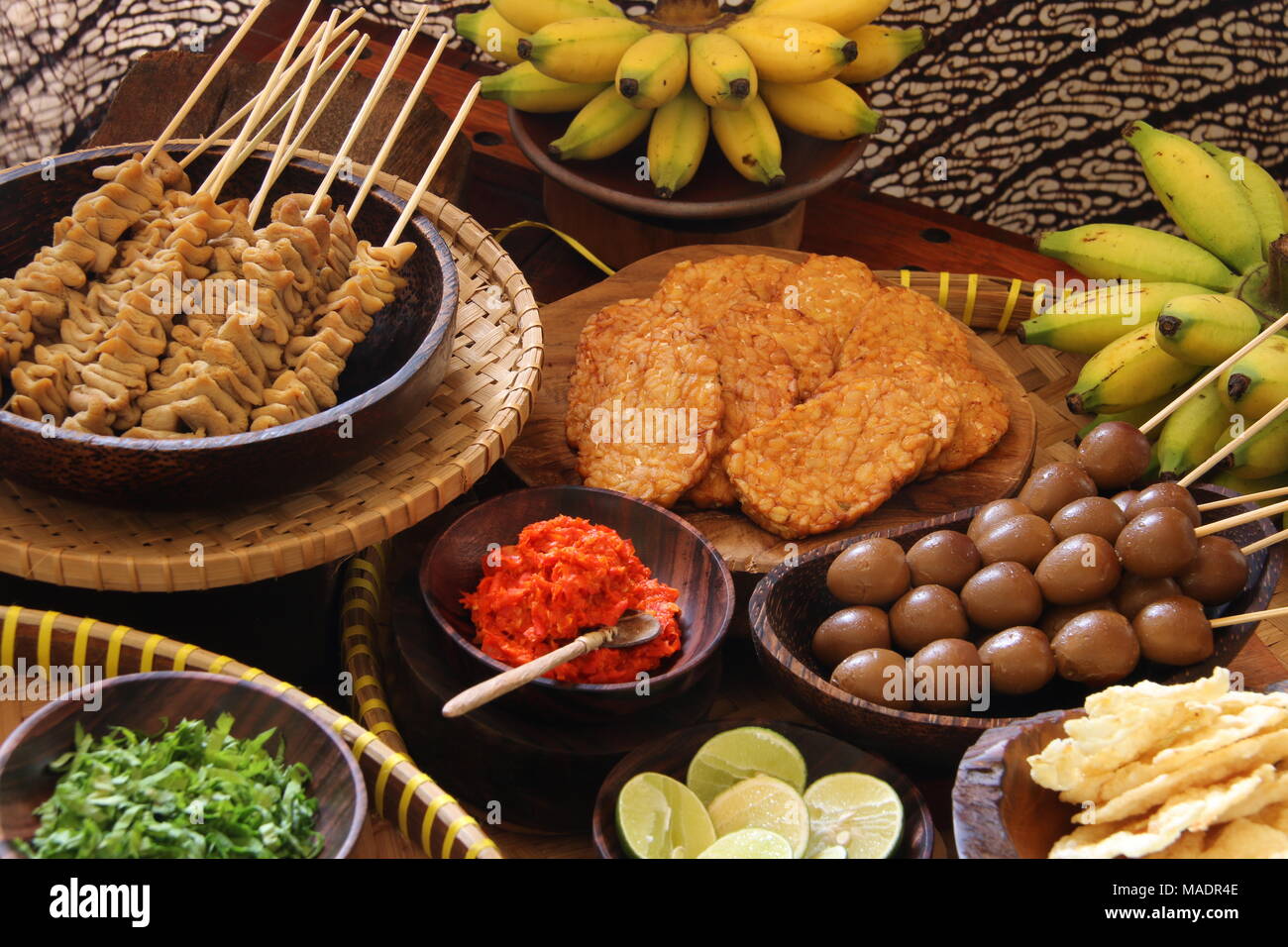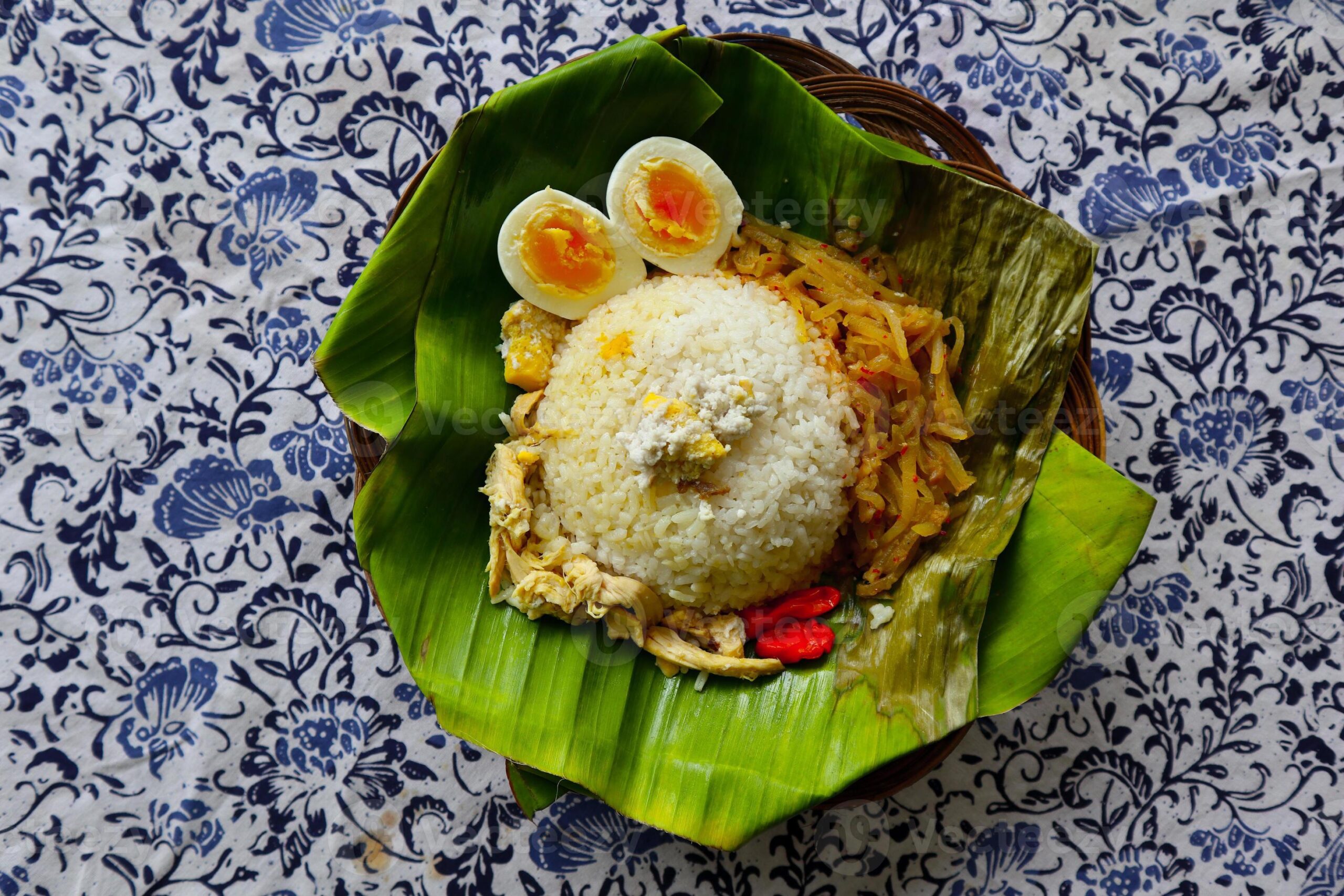
Of course. Here is a 1,200-word article on Javanese traditional dishes.
A Taste of Harmony: Exploring the Rich and Diverse World of Javanese Cuisine
To step onto the island of Java is to be enveloped by a symphony of sensations. The humid air carries the distant chime of a gamelan orchestra, the scent of clove cigarettes mingles with fragrant frangipani, and from every street corner, kitchen, and bustling market, the irresistible aromas of a deeply rooted culinary tradition beckon. As the cultural and demographic heart of Indonesia, Java offers a cuisine that is as complex, diverse, and philosophical as its people. It is a food culture built on balance, harmony, and a profound respect for ingredients, where every dish tells a story of history, geography, and community.
Javanese cuisine is not a monolith. It is a tapestry woven from the distinct culinary threads of its three main regions: West, Central, and East Java. While they share common ingredients like rice, coconut milk, and a dazzling array of spices, their flavour profiles diverge. West Javanese (Sundanese) food is known for its freshness, often featuring raw vegetables (lalapan) and a preference for tangy and savoury notes. East Javanese cuisine is bolder, more robustly savoury and often spicier, with a characteristic use of petis (a pungent fermented shrimp paste).

But it is Central Java, the seat of ancient kingdoms and the cultural epicentres of Yogyakarta and Surakarta (Solo), that is often considered the heartland of classic Javanese cooking. Here, the defining characteristic is a gentle, sophisticated sweetness, derived from the generous use of gula jawa, or palm sugar. This sweetness is not cloying; rather, it serves to balance the saltiness of soy sauce, the heat of chili, and the sour tang of tamarind, creating a harmonious flavour profile known as legit.
The Icons of Central Java: A Symphony of Sweet and Savoury
No exploration of Javanese food can begin without paying homage to Gudeg. More than just a dish, Gudeg is the culinary soul of Yogyakarta. This iconic stew is a testament to the Javanese philosophy of patience and slow living. Young, unripe jackfruit is simmered for hours, sometimes even overnight, in a rich bath of coconut milk, palm sugar, teak leaves (which impart a reddish-brown colour), and a bouquet of spices including galangal, coriander, and bay leaves. The result is a meltingly tender, sweet, and fragrant dish that is both comforting and complex. It is traditionally served with steamed rice, spicy stewed beef skin (krecek), a whole boiled egg (telur pindang), and chicken cooked in coconut milk (opor ayam).
From the royal city of Solo comes Nasi Liwet, a dish that embodies communal warmth. Unlike regular steamed rice, nasi liwet is cooked directly in coconut milk, chicken broth, bay leaves, and lemongrass, infusing every grain with a savoury, aromatic richness. It is served with shredded chicken, a boiled egg, and a spoonful of areh, a divine, thickened coconut cream that adds a layer of creamy indulgence. Eating Nasi Liwet, often served on a banana leaf, is a shared, comforting experience.
Another Central Javanese specialty is Sate Buntel. While satay is found all over Indonesia, Solo’s version is unique. Instead of skewered chunks of meat, sate buntel is made from minced lamb or beef seasoned with garlic, shallots, and sweet soy sauce. This flavourful mixture is then "wrapped" (buntel) around a bamboo skewer using a delicate membrane of caul fat. As it grills over charcoal, the fat melts, basting the meat and creating a smoky, juicy, and unbelievably flavourful morsel, typically served with a sweet soy and chili sauce.

The Bold Flavours of the East: Savoury, Spicy, and Unforgettable
Journeying eastward, the palate shifts dramatically. East Javanese cuisine, particularly from cities like Surabaya and Malang, embraces stronger, more assertive flavours. The signature dish of the region is undoubtedly Rawon. At first glance, this "black soup" can be intimidating, but one taste reveals a profound, earthy, and nutty flavour unlike any other. Its distinctive black colour and unique taste come from the keluak nut, a poisonous fruit that becomes a culinary delicacy after being fermented and boiled. The nuts are ground into a paste with a host of other spices and sautéed before being used to stew tender chunks of beef. Served with a mound of rice, bean sprouts, a salted egg, and a dollop of fiery sambal, Rawon is a deeply satisfying and iconic East Javanese experience.
For the more adventurous eater, there is Rujak Cingur. Hailing from Surabaya, this dish is a complex and audacious salad that perfectly represents the city’s bold character. The name itself, which translates to "snout salad," points to its most unusual ingredient: cingur, or cooked cow’s lips, which have a tender, gelatinous texture. The cingur is mixed with an assortment of boiled vegetables, fried tofu, tempeh, and tropical fruits like pineapple and jicama. The entire concoction is then drenched in a thick, dark, and pungent sauce made from sweet soy sauce, chili, peanuts, and the star ingredient of East Java, petis udang (fermented shrimp paste). It is a riot of textures and flavours—sweet, savoury, spicy, and funky—all in one challenging but rewarding bite.
A more universally accessible East Javanese classic is Soto Lamongan. Soto, a traditional Indonesian soup, has countless regional variations, but the version from the town of Lamongan is one of the most beloved. It features a clear, shimmering golden broth, coloured and flavoured by turmeric and other spices. The soup is filled with shredded chicken, glass noodles, and celery, but its defining feature is the sprinkle of koya powder on top—a savoury, crumbly powder made from ground prawn crackers and fried garlic that thickens the broth and adds an incredible depth of flavour.
Beyond the Main Course: The Soul of Javanese Snacking and Street Food

The Javanese dining experience extends far beyond formal meals. The island thrives on a vibrant culture of street food (kaki lima) and market snacks (jajan pasar). Bakso, the beloved Indonesian meatball soup, is a ubiquitous sight, served from pushcarts on nearly every corner. These springy beef meatballs swim in a clear, savoury broth with noodles, tofu, and fried wontons, offering a quick and deeply satisfying meal.
No Javanese meal is truly complete without Sambal, the fiery chili condiment that is the lifeblood of Indonesian cuisine. From the pungent, shrimp-paste-laced sambal terasi to the simple but potent sambal bawang made with raw shallots and chilies, sambal provides the essential kick of heat that cuts through the richness and sweetness of many dishes.
And then there are the jajan pasar, a dazzling array of colourful, bite-sized sweets and savouries typically made from rice flour, glutinous rice, coconut, and palm sugar. These include Kue Lapis, a steamed layered cake with vibrant stripes; Onde-onde, chewy glutinous rice balls coated in sesame seeds and filled with a sweet mung bean paste; and Cenil, brightly coloured, chewy tapioca starch cubes dusted with grated coconut and drizzled with palm sugar syrup.
To eat Javanese food is to participate in a culture of harmony. It is to understand how sweetness can balance salt, how spice can complement richness, and how simple, local ingredients can be transformed through time and technique into dishes of incredible depth. It is a cuisine born from royal courts and humble villages, a culinary language that speaks of community, patience, and the beautiful, complex soul of Java itself.



Of course. Here is a 1,200-word article on Javanese traditional dishes. pictures collections gallery
Of course. Here is a 1,200-word article on Javanese traditional dishes. is a nice pictures and stock photo for your computer desktop or your smartphone device (ipad, tablet, blackberry, iphone, and other device) and also for your personal use. Free available for desktop wallpaper or additional image collections for your all needs. And was uploaded by at date July 28, 2025. You can download it in your computer by clicking download button to save image... have nice day and have fun guys..
This 1 image in featured post from 0 Photos/images Gallery and awesome picture selections about Of course. Here is a 1,200-word article on Javanese traditional dishes. is available to download. "Download & Save" images/pictures/wallpapers now and this Is one of the post that listed in packed to Category is Foods directory, with image dimension/resolution size is 1300 × 956 px and size image/picture file is 130 KB with original link post ID is : https://powae.pw/of-course-here-is-a-1200-word-article-on-javanese-traditional-dishes/. Get download/save images in post and gallery, "download" images or "preview" it on a bigger image for spesification sample in Large size (full attachment size) here : [Download & View to Large size]. Just Simple way, in thumbnail or in Gallery. *Click images to view Large Size.We collect this wonderful image from online and choose one of the best for you. Pictures collection that posted here was carefully chosen and published by author after choosing the ones which are best among the others. So, ultimately we make it and here these list of best image for your inspiration and informational reason regarding the Of course. Here is a 1,200-word article on Javanese traditional dishes. as part of blogsite exclusive updates collection. So, take your time and find the best informations and pictures posted here that suitable with your needs and use it for your own collection and personal use. About Image information: Image has been submitted and You are able to give your opinion as evaluations to our web site value.
Don't forget to comment if you interest with this images, you can share this post to social media like as facebook, twitter, google+, pinterest, stumbleupon, and more. just click social media buttons for share this post Of course. Here is a 1,200-word article on Javanese traditional dishes. Now. :)
Thanks for your visit, I hope you happy come to opo wae, wis opo wae, and get what you're looking for. And hope sometimes you will come back again here. All you need to do is help us develop by discussing this Of course. Here is a 1,200-word article on Javanese traditional dishes. if you like it "leave your comment". have fun, Thank you.



